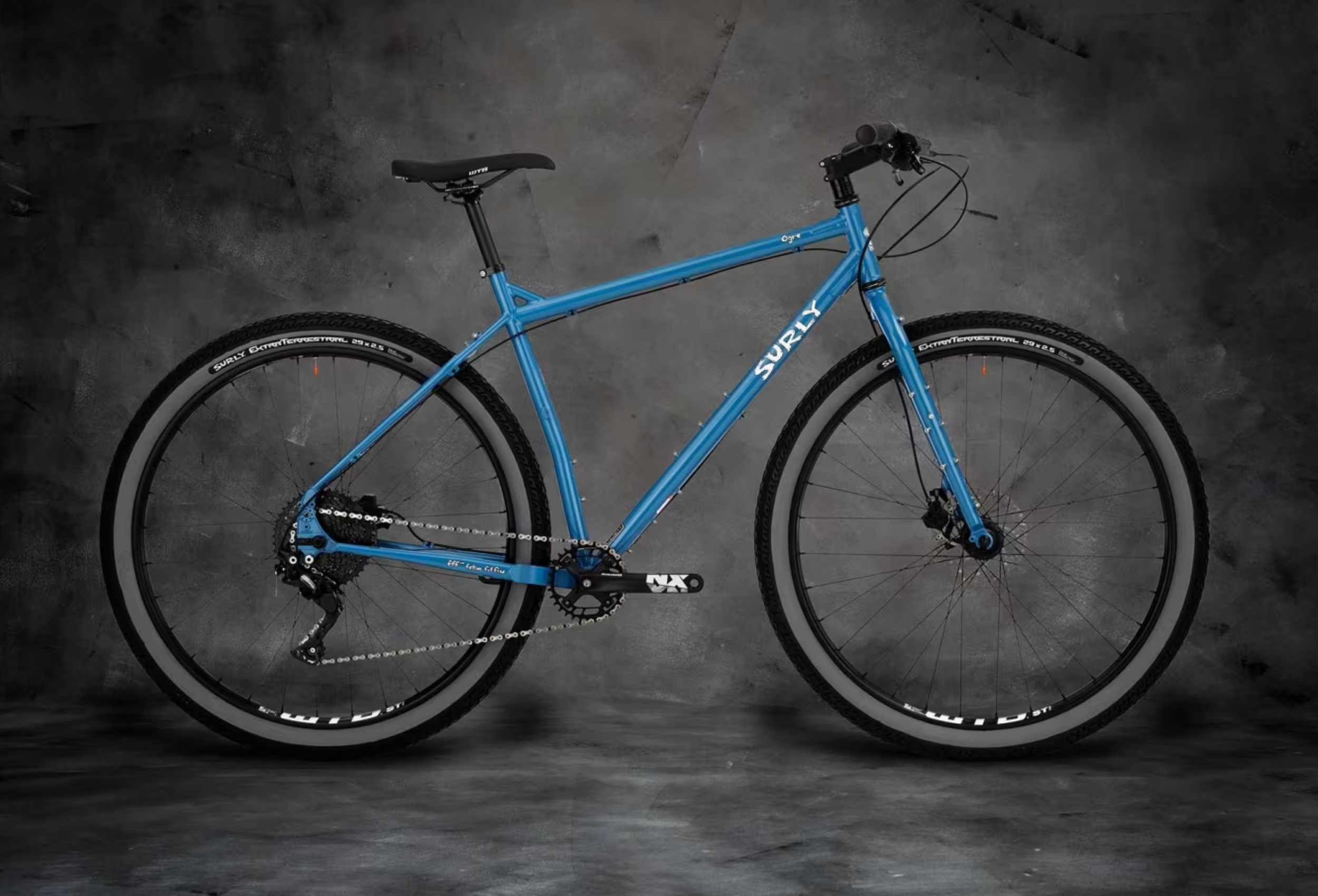
Bicycles are fascinating machines composed of various components working harmoniously to provide a smooth and enjoyable riding experience across diverse terrains. Among these components, brakes are some of the most critical. Understanding the different types of bicycle brakes is essential for any cyclist, whether you’re buying a new bike or upgrading an existing one. In this comprehensive guide, we’ll dive deep into the science behind bicycle brakes, the types of brakes available, and essential maintenance tips to keep them performing at their best.
The Importance of Bicycle Brakes
Bicycle brakes are fundamental for safety and speed regulation. They allow riders to control their speed, come to a complete stop, and navigate various terrains safely. Brakes work by creating friction, which slows down or stops the bike. This friction is generated by different mechanisms, depending on the type of brake system in use. Ensuring that the brakes are of high quality and properly maintained is crucial for every rider, as poor braking can lead to accidents and mishaps.
Types of Bicycle Brakes
Bicycles generally fall into two main categories: road bikes and mountain bikes. Each type has a braking system tailored to its specific terrain. Road bikes, designed for paved surfaces, typically use lighter and more aerodynamic brakes. Mountain bikes, on the other hand, require more robust braking systems that can handle rough and unpredictable terrains. Let’s explore the various types of brakes available for different types of bicycles:
1. Disc Brakes
Disc brakes are among the most powerful and reliable brakes in the cycling world. These brakes provide consistent performance across all weather conditions, making them an excellent choice for mountain bikes, all-terrain bikes, and bicycles designed for extreme adventures or races. Disc brakes are also suitable for hybrid and commuter bikes.

Disc brakes consist of several components, including a disc brake rotor, a disc brake pad, and a disc brake caliper. There are two primary types of disc brakes:
- Mechanical Disc Brakes: Operated by a cable that squeezes the brake pads against the rotor.
- Hydraulic Disc Brakes: Uses hydraulic fluid to transfer force from the lever to the caliper, offering better modulation and stopping power.
Pros of Disc Brakes:
- Superior braking power and control.
- Effective in all weather conditions.
- Long-lasting brake pads.
Cons of Disc Brakes:
- More expensive than other types.
- Slightly heavier, which can affect aerodynamics.
2. Rim Brakes
Rim brakes are one of the oldest types of brakes and are commonly found on road bikes. These brakes are lightweight and contribute to the bike’s aerodynamic efficiency. Rim brakes function by applying friction directly to the wheel rim, slowing down, or stopping the bike. There are several types of rim brakes:

- Caliper Rim Brakes: Common on road bikes; they clamp onto the rim from both sides.
- V-Brakes: Popular on mountain bikes and hybrids; they provide strong stopping power.
- Cantilever Brakes: Found on some cyclocross and touring bikes; they offer good clearance for mud and debris.
Pros of Rim Brakes:
- Lightweight and easy to maintain.
- Cost-effective and easy to replace.
Cons of Rim Brakes:
- Less effective in wet or muddy conditions.
- Wears down the wheel rim over time.
3. Bicycle Drum Brakes
Drum brakes, introduced in 1902, were initially popular in automobiles and are a type of hub brake. They are now relatively uncommon on bicycles. Drum brakes are positioned at the center of the wheel hub and work by applying friction to the outer drum, effectively reducing speed. These brakes perform well in challenging conditions like mud and snow.

Pros of Drum Brakes:
- Good performance in wet and muddy conditions.
- Minimal maintenance is required.
Cons of Drum Brakes:
- Heavier than other types.
- Limited braking power compared to disc or rim brakes.
4. Coaster Brakes

Coaster brakes are unique in that they require the rider to pedal backward to activate the braking mechanism. These brakes are often found on cruiser bikes or children’s bikes designed for leisurely riding. Coaster brakes don’t require cables, which simplifies their design.
Pros of Coaster Brakes:
- Simple to use and maintain.
- No need for brake cables, which reduces maintenance.
Cons of Coaster Brakes:
- Limited braking power and prone to overheating.
- Easy to skid, especially for inexperienced riders.
Choosing the Right Brake System
The choice of brake system depends on the type of bicycle and the rider’s style. For example, road cyclists prioritize speed and aerodynamics, so rim brakes are often preferred due to their lightweight and streamlined design. Conversely, mountain bikers face rugged terrains with unpredictable obstacles, making powerful disc brakes more suitable.
Cyclists should consider their specific needs, riding style, and the terrain they plan to ride on when selecting a brake system. A thorough understanding of different brake types ensures optimal safety and performance.
Maintenance Tips for Bicycle Brakes
Proper maintenance of bicycle brakes is crucial for ensuring safety and performance. Different types of brakes require different levels of care and attention. Here are some essential tips for maintaining various types of bicycle brakes:
- Regularly Inspect Rim Brakes: Before any intensive ride, check the rim brakes for wear and alignment. Ensure the brake pads are not worn down and are properly aligned with the wheel rim.
- Maintain Brake Pads: Brake pads are vital for braking performance. Always ensure they are in good condition. If you notice grooves, cracks, or misalignment, replace or realign them immediately.
- Clean Brake Pads: Debris, grease, or grime can affect braking efficiency. Gently clean brake pads with a soft cloth to remove any dirt.
- Seek Professional Help for Disc Brakes: Disc brakes are more complex and technical compared to rim brakes. If you’re not an expert, it’s best to consult a professional for cleaning and maintenance.
- Check for Wear and Tear: Regularly inspect all brake components for signs of wear and tear. Replace any worn-out parts promptly to avoid compromising braking efficiency.
Final Thoughts
Understanding the science behind bicycle brakes and their various types is essential for every cyclist. Whether you are choosing between disc brakes and rim brakes or deciding on maintenance routines, it’s crucial to consider your riding style, terrain, and specific needs. Remember, a reliable braking system is key to a safe and enjoyable cycling experience. Take the time to research, choose wisely, and maintain your brakes to ensure they deliver the performance you need on every ride.


